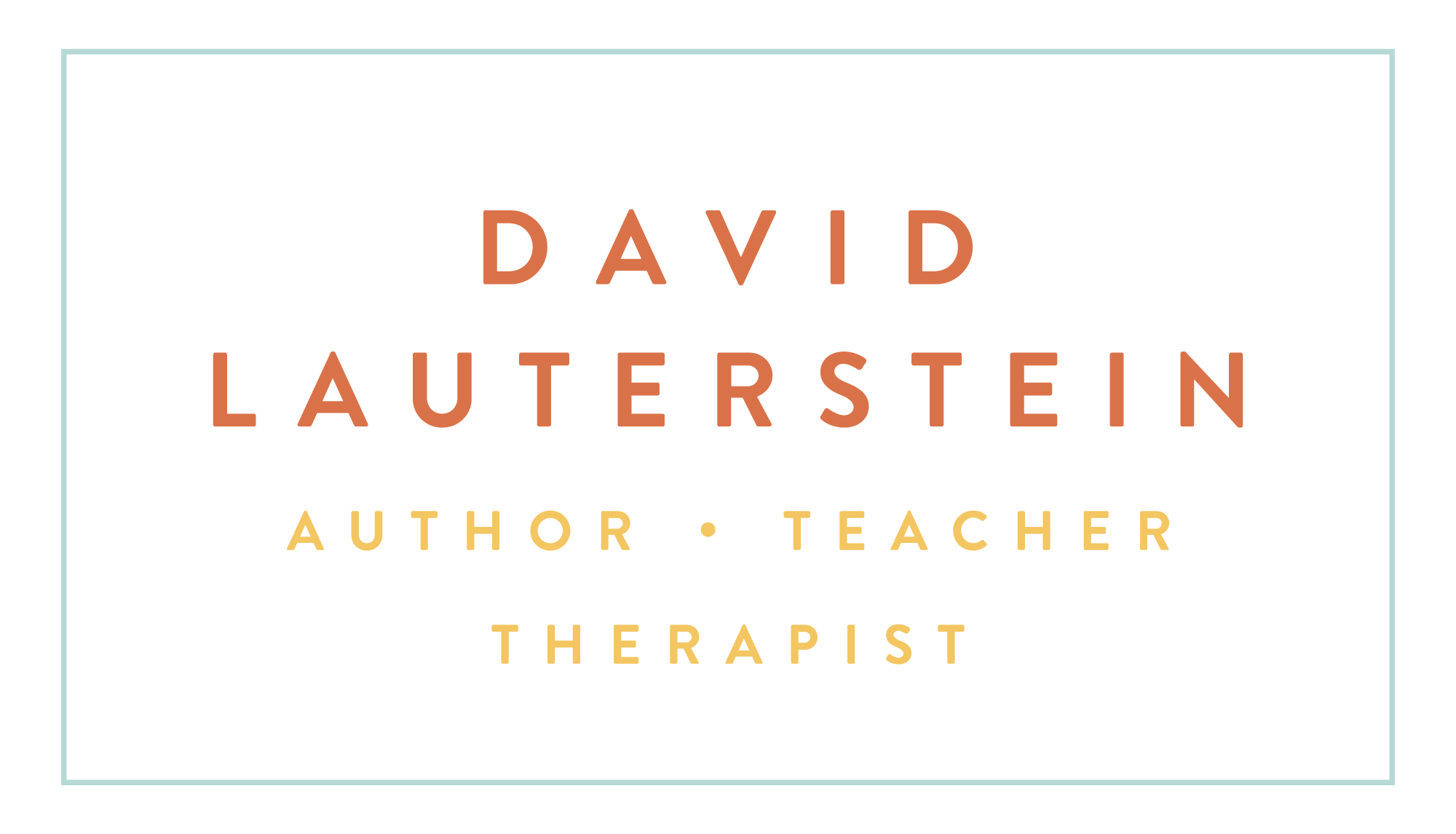LIFE IN THE BONES
He that sings a lasting song
Thinks in a marrow-bone.
- W.B. Yeats
The skeleton is light! It constitutes only 13% of our total weight! Whereas muscles are about 38% of your weight.. So bones are light and they are alive. When a patient’s vein can’t be found due to a medical condition, they can be fed directly through injection into where the fertile marrow lives, in the middle of the bone. Remember, basically all the blood cells in the body originate from the core of your bones, the marrow.
Bones also have been shown to affect the brain, among other ways through “osteocalcin” which is produced in the marrow. Deficiency in osteocalcin results in anxiety, depression, and an inability to form spatial memory. Check out this fascinating article in the New Yorker: Do our bones influence our minds? With such deficiency, the hippocampus (vitally linked to mood, memory, decreased stress, and learning) has been shown then to be smaller and less well-developed. Osteocalcin under-production has also been connected to a decline in muscle strength. So the notion that the deeper layer of bone nourishes the more superficial layer, the muscles, is intriguing.
Bones:
• Produce all of our red blood cells, most of our white blood cells, and our platelets
• Continuously change shape and volume, depending on our body’s need for calcium, phosphorus, and other essential minerals
• Are active in the regulation of the endocrine system
• Store crucial nutrients and lipids
• Help regulate blood sugar and the deposition of fat
• Provide living support and protection for other organs
• Enable us to move articulately
• Are living support for our postural alignment
• Convey the deepest, strongest energy currents through our body (according to Chinese medicine)
• Communicate with each other through their cells
Check out this article in Massage and Bodywork magazine - LIFE in the bones!.
For the bones we reserve a subjective sense of ultimacy. If you love the body, you must know the bone… - best poem on the bones ever, by Richard Tillinghast.

